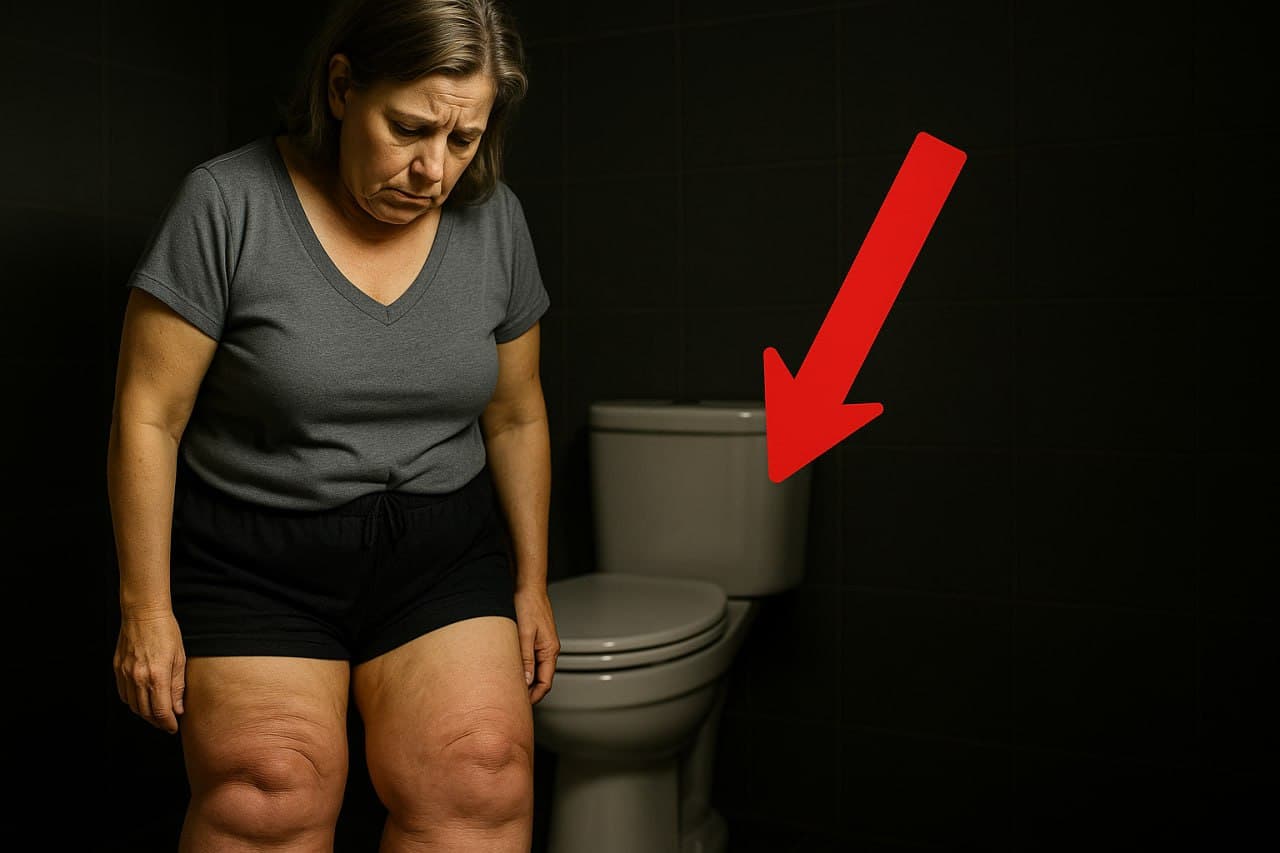OUCHHHH!
The vertebrae are crucial components of the human anatomy, serving as the bones that stack on each other to protect the spinal cord. These bones play a vital role in shielding one of the body's most essential areas—the spinal nerves, which transform into peripheral nerves that extend throughout the body.
Receiving a direct impact on the vertebrae can result in a range of issues. A severe blow risks fracturing the vertebrae, an "incredibly painful" experience. Additionally, such impacts can cause damage to the spinal and peripheral nerves.
When nerves sustain damage, the results can be acute and long-lasting. Injuries to these nerves do not just cause temporary discomfort; they generate persistent and unusual symptoms.
Nerve damage often leads to conditions such as paresthesia—characterized by continuous tingling, numbness, and other abnormal sensations in hands and legs.
For those who suffer from severe pain due to vertebrae injuries, managing discomfort can become a significant challenge. As mentioned, patients suffering from compression fractures often experience "absolutely debilitating pain."
In extreme cases, as with some patients, medical professionals may resort to opioids to provide relief. This approach is typically the last line of recourse due to the severity of the symptoms and the need for effective pain control.
"We ended up having to resort to opioids because it’s that bad."
From Around The Web
Wellness Inbox is a blog & weekly newsletter that curates trending news and products related to health and wellness from around the web. We also gather content from various sources, including leading health professionals, and deliver it directly to you.
Please note that we may receive compensation if you purchase any products featured in our newsletter. Wellness Inbox is not affiliated with, nor does it endorse, any health professionals whose content may appear in our newsletter. The information provided is for general informational purposes only and should not be considered medical advice.
The information provided is not intended to replace professional medical advice, diagnosis, or treatment. All content, including text, graphics, images, and information available is for general informational purposes only. We do not guarantee the accuracy or completeness of any information presented and assume no liability for any errors or omissions. The content is subject to change without notice. We encourage you to verify any information with other reliable sources and consult your physician regarding any medical conditions or treatments.







